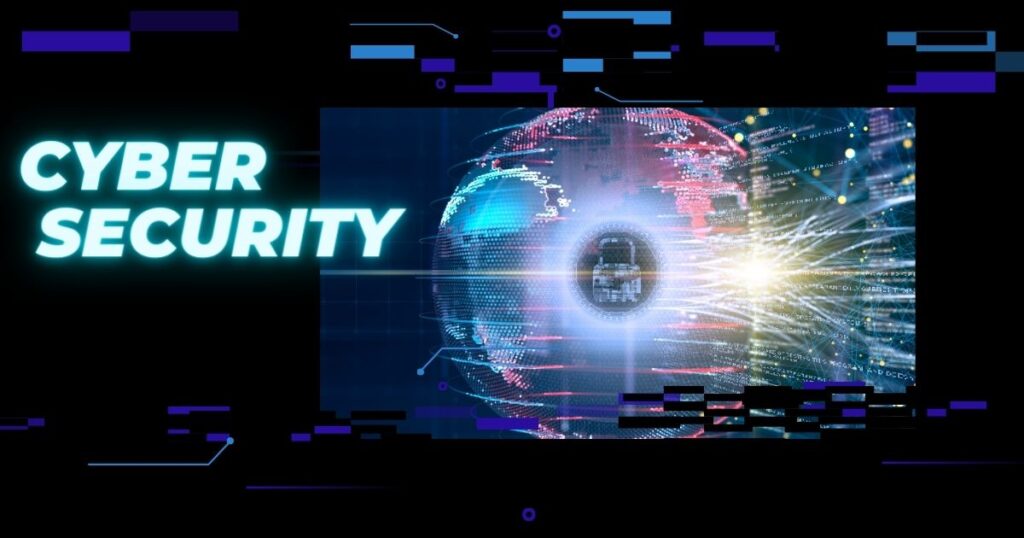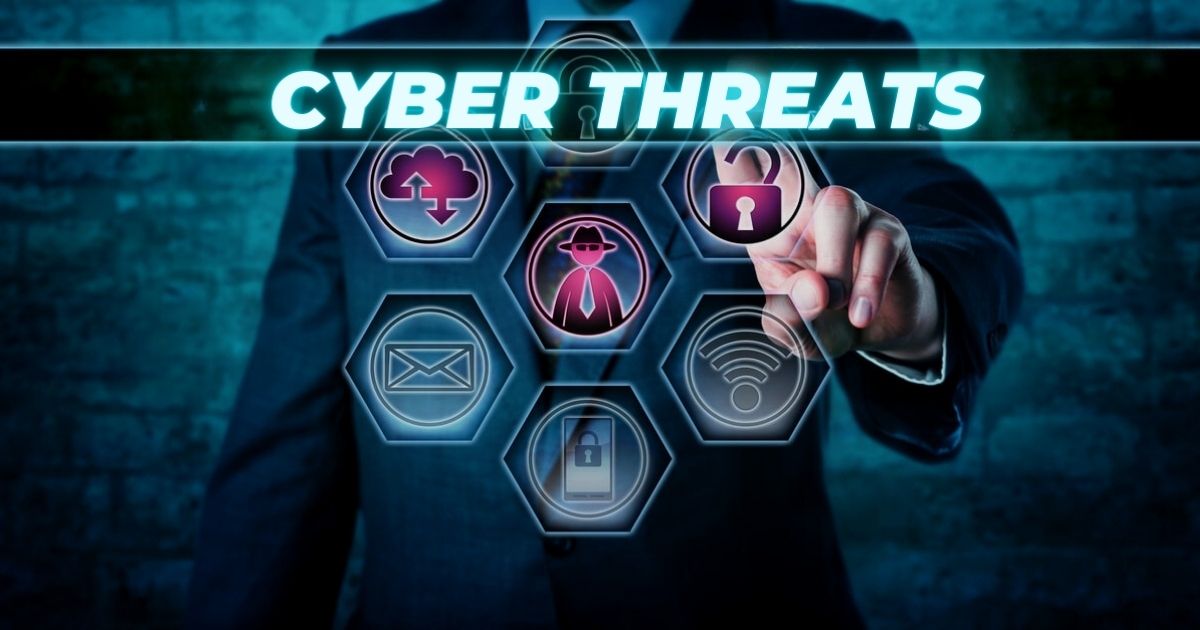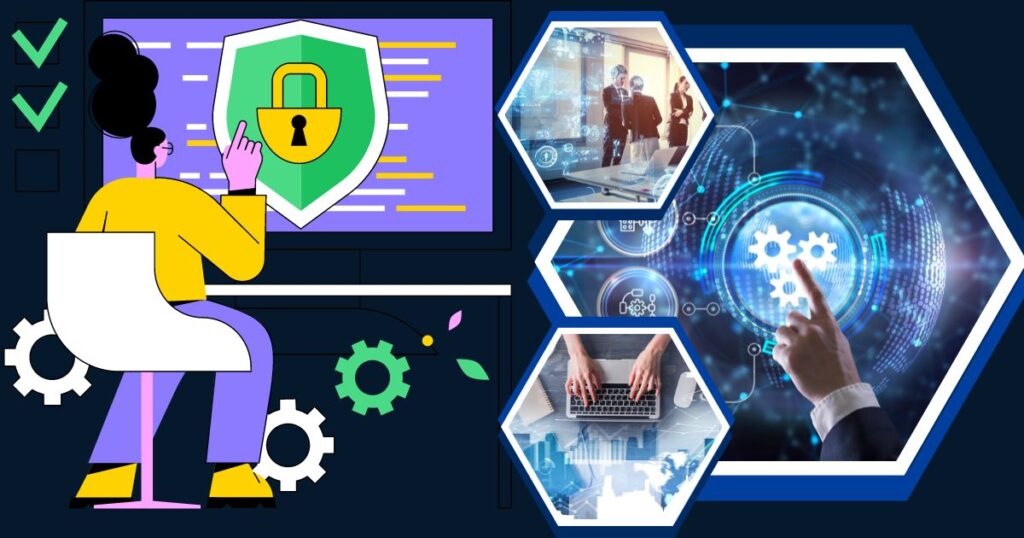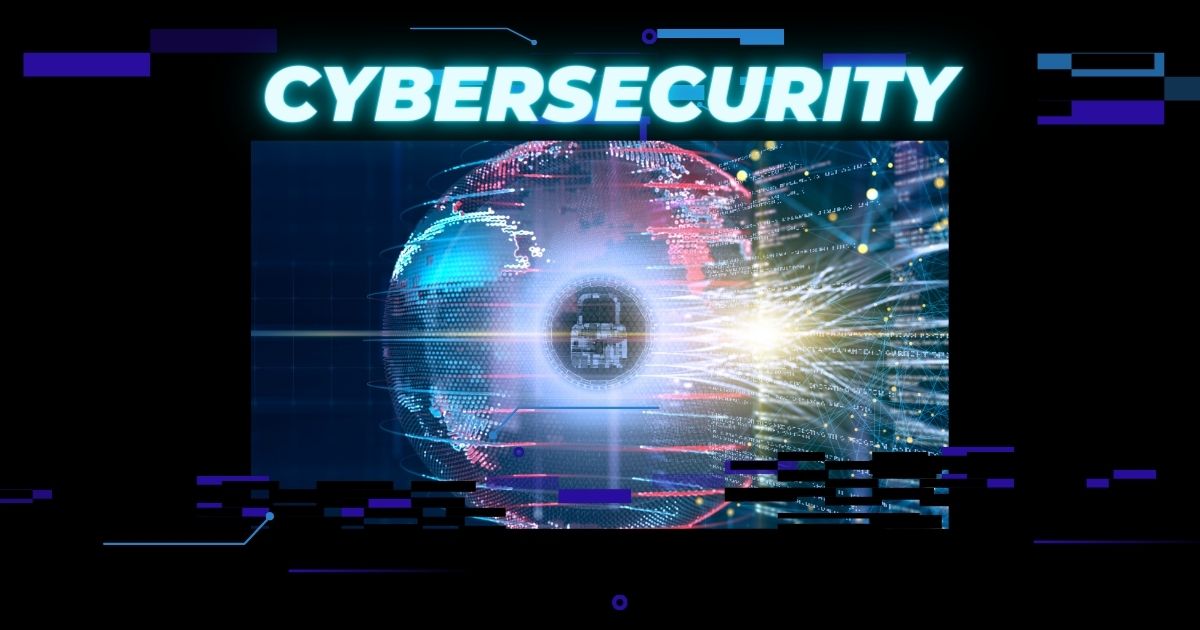Cybersecurity, in today’s hyper-connected world, where digital convenience is a significant perk, assumes a critical role. Our increasing reliance on technology presents a paradox. The more we integrate technology into our lives, the more vulnerable we become to cyber-attacks. Here’s where cybersecurity stands as a digital sentry, guarding our virtual gateways from malicious threats.

Unraveling Cybersecurity
At its core, cybersecurity is about protecting systems, networks, and programs from digital attacks. These cyber-attacks usually aim to access, change, or destroy sensitive information, extort money from users, or interrupt normal business processes.
The Need for Cyber Shields
Implementing effective cybersecurity is not just a need but a necessity. With everything from smartphones to smart homes, our world is more connected than ever and, unfortunately, more at risk. The repercussions of inadequate cyber defences can range from personal data breaches to widespread societal impact, highlighting the undeniable need for robust cyber shields.
Threats in The Cyber World
The realm of cyber threats is not just vast; it’s continuously evolving, with new threats emerging as technology advances.
Types of Cyber Threats

From malware, phishing, and ransomware to social engineering and DDoS attacks, the assortment of threats is extensive. Understanding each helps in developing more effective countermeasures.
Malware: Malware is a type of software intended to damage or take advantage of any server, network, or device. Ransomware, worms, trojans, and viruses are among them.
Phishing: Phishing is a kind of social engineering assault in which victims are tricked into divulging private information, including bank account information, credit card numbers, and passwords. Usually, phone conversations, texts, or emails are used for it.
Ransomware: Ransomware is a type of malware that encrypts a victim’s files and requests payment in exchange for the decryption key .
Social Engineering: Social Engineering is a form of cyberattack whereby an attacker uses psychological tricks to deceive victims into disclosing private information. Phishing, pretexting, baiting, and more tactics are included.
DDoS attack: Distributed Denial of Service (DDoS) attacks aim to flood a server or website with requests from various sources at once. Because of this, legitimate people are unable to access the website or server.
Case Studies of Cyber Attacks
Analyzing incidents like the infamous WannaCry ransomware attack or the Equifax data breach reveals the profound implications of these threats, impacting millions globally, tarnishing reputations, and incurring formidable financial losses.
Fortifying Defenses: Cybersecurity Measures
Combating the plethora of cyber threats requires a multi-faceted approach. It involves employing various strategies, tools, and practices designed to protect against attacks and vulnerabilities.
Personal Cybersecurity
Individuals must take proactive steps, like using strong, unique passwords, enabling multi-factor authentication, and regularly updating software to shield personal data from cyber predators.

Organizational Cybersecurity
For businesses, the stakes are higher, necessitating comprehensive cybersecurity strategies. This means not only employing advanced technological defences but also fostering a culture of security awareness among employees.
Emerging Technologies in Digital Security
Innovations such as Artificial Intelligence (AI), machine learning, and blockchain are revolutionizing cybersecurity. These technologies enhance the ability to predict, prevent, and mitigate cyber-attacks more efficiently and effectively.
Legal Landscape and Policies
The legal aspect of cybersecurity is intricate, given the borderless nature of the internet. Various laws and regulations have been enacted worldwide to uphold data privacy, regulate digital conduct, and ensure compliance.
Global Cybersecurity Standards
Standards like the General Data Protection Regulation (GDPR) and others set by organizations such as the International Standards Organization (ISO) underline the global effort toward unified cybersecurity practices.
The Future of Cybersecurity
As we venture into the digital future, cybersecurity fields are expected to evolve, presenting both unprecedented challenges and innovative solutions. The rise of quantum computing, for instance, could both dismantle and dramatically reinforce current security protocols.
Preparing for Tomorrow’s Threats
In anticipation of emerging cyber threats, continuous adaptation and learning, investment in cutting-edge technology, and comprehensive emergency response plans are crucial. Staying informed about cyber hygiene practices is not just recommended; it’s a requisite for safely navigating the digital space.
In conclusion, cybersecurity is not a static realm; it’s a continuously evolving field that demands vigilance, awareness, and proactivity. Whether individual or organizational, cybersecurity is an undeniable necessity in our increasingly digital lives, serving as the guardian of our digital doorways. Embracing this reality and implementing robust cybersecurity measures will ensure that society thrives in the face of digital adversity.
FAQs
1. What is cybersecurity?
Cybersecurity refers to the collective methods, technologies, and processes to protect internet-connected systems and data from unauthorized access or cyber-attacks.
2. Why is cybersecurity critical?
It’s crucial for personal, corporate, and national security as we rely more on digital platforms, and the risk of cyber theft, fraud, and sabotage increases.
3. Can emerging technologies like AI improve cybersecurity?
Absolutely, AI and machine learning help in predictive analysis, enabling proactive defense measures against potential cyber threats.
4. What are the common types of cyber threats?
The spectrum includes malware, phishing attacks, ransomware, and DDoS attacks, among others.
5. How can I improve my cybersecurity?
Keep your software updated, use strong passwords, be wary of suspicious emails or links, and regularly back up your data.

Leave a Reply
You must be logged in to post a comment.